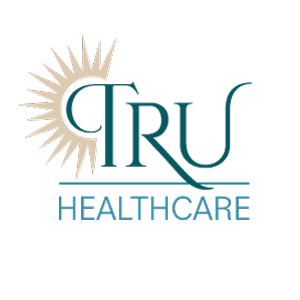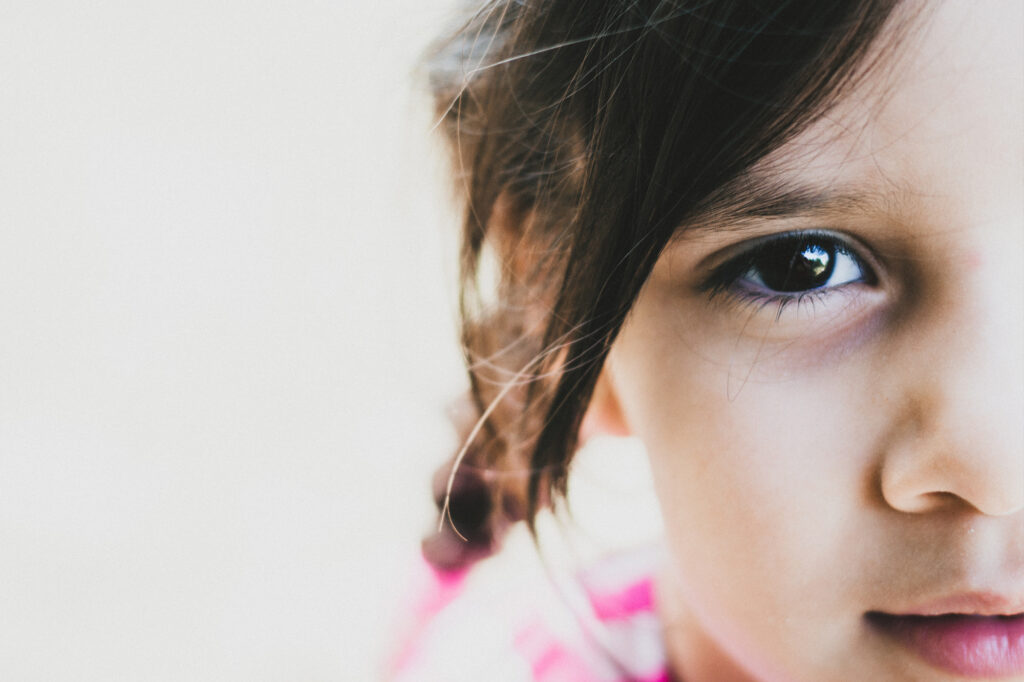A survey conducted by the Centers for Disease Control and Prevention (CDC) found approximately 11% of children 4-17 years of age (6.4 million) in the United States have been diagnosed with Attention-Deficit/Hyperactivity Disorder (ADHD) as of 2011. In this same survey, parents were asked whether their child received an ADHD diagnosis from a health care provider and the results show that:
- Boys (13.2%) were more likely than girls (5.6%) to have ever been diagnosed with ADHD.
- The average age of ADHD diagnosis was 7 years old, but children reported by their parents as having more severe ADHD were diagnosed at an earlier age.
- The rates are on the rise with ADHD diagnosis increasing an average of 3% per year from 1997-2006 and an average increase of 5% per year from 2003-2011.
- The percentage of children with an ADHD diagnosis has increased from 7.8% in 2003 to 9.5% in 2007 to 11.0% in 2011.
Several reliable sources, including healthline.com, state that Attention-Deficit/Hyperactivity Disorder is one of the most common childhood disorders and as you can see from the information from the CDC, it continues to be on the rise. Our HealthStar Home Health caregivers recognize this rise in diagnosis and offer services to help the families and children with ADHD through our Mental Health and Children’s Therapeutic Services and Supports programs (CTSS). The condition has been known as attention-deficit disorder (ADD) in the past, though ADHD is now the preferred term as it describes both of the primary features of this condition: inattention and hyperactive-impulsive behavior.
So what exactly is ADHD and how do you know if your child may have this condition?
The Mayo Clinic defines Attention-Deficit/Hyperactivity Disorder as a chronic condition that affects millions of children and often persists into adulthood. ADHD includes a combination of problems, such as difficulty sustaining attention, hyperactivity and impulsive behavior.
According to the Centers for Disease Control and Prevention (CDC), there are three different types or categories of Attention-Deficit/Hyperactivity Disorder the individual may fall under:
Predominantly Inattentive Presentation: It is difficult for the individual to organize or complete a task, pay attention to details, or to follow instructions or a conversation. This person is also easily distracted and forgets details of daily routines.
Predominantly Hyperactive-Impulsive Presentation: This person will fidget and talk a lot. It is very hard to sit still for long periods of time, even for a meal or to complete homework. Younger children may constantly run, jump or climb and often feels restless and struggles with impulsivity. Someone who is impulsive will interrupt others often, grab things from people, or speak out of turn and at inappropriate times. More accidents or injuries may occur with an impulsive person also.
Combined Presentation: Symptoms of the above two types are equally present in the person.
It is normal for children to have trouble focusing and behaving during the early childhood years. However, children with ADHD typically do not grow out of these behaviors. The symptoms continue and can cause difficulty at school, at home, work, or with friends.
A child with ADHD will show some or all of the following symptoms, even as early as 2-3 years of age:
- Frequently daydreaming
- Difficulty paying attention
- Often has trouble following through with instructions or listening
- Unable to organize tasks or activities
- Forgetful and often loses items such as books, pencils or toys
- Easily distracted
- Struggles to complete homework, chores or other tasks
- Often fidgets or squirms
- Excessively talkative and frequently interrupts or intrudes on others’ conversations or activities
- Difficulty waiting his/her turn and is often impatient
If you are concerned and your child is showing these symptoms, discuss it with your family doctor. It is important to start with a medical evaluation first to rule out other possible causes of your child’s troubles. There may also be help available thru local Twin Cities public services and the Minnesota public school system in your area.
Since many healthy young children are inattentive, hyperactive or impulsive and it is normal for preschoolers to have a short attention span, it may be difficult to pick up on these symptoms early in their development. It also may be difficult to know the difference between a naturally energetic child and hyperactivity for example, and you don’t want to classify a child as having ADHD just because they are different from their siblings or other friends. It is important to get a doctor involved if you are concerned. In most cases ADHD is best treated with a combination of medication and behavioral therapy. For preschoolers (4-5 years of age), behavioral therapy is the recommended first-line of treatment.
HealthStar Home Health invites you to contact us for more information on the mental health services we offer to children and adults in Minnesota. Call us at 888-689-3391 to learn more.

